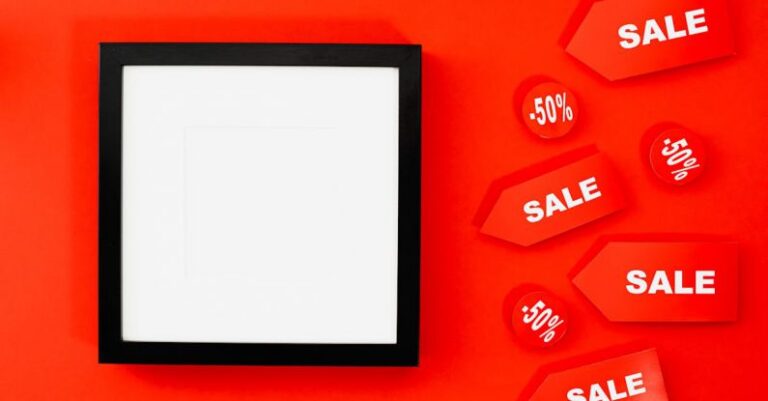Is Asymmetry a Good Design Choice for Catalogs?
When it comes to designing catalogs, the layout and visual presentation play a crucial role in capturing the attention of potential customers. While symmetry has long been a go-to design principle for creating balanced and harmonious compositions, asymmetry is gaining popularity as a bold and dynamic alternative. The use of asymmetry in catalog design can create visual interest, draw the eye to key elements, and convey a sense of modernity and creativity. In this article, we will explore the advantages and considerations of incorporating asymmetry into catalog design.
Enhancing Visual Interest and Engagement
One of the primary benefits of using asymmetry in catalog design is its ability to enhance visual interest and engagement. Traditional symmetrical layouts can sometimes feel predictable and static, whereas asymmetrical designs have the power to surprise and intrigue the viewer. By intentionally placing elements off-center or varying the sizes and shapes of images and text blocks, designers can create a dynamic and captivating layout that encourages customers to explore the catalog further.
Asymmetry also allows for more creativity and flexibility in design choices. Designers can experiment with unconventional compositions, overlapping elements, and unexpected alignments to break free from the constraints of traditional grid-based layouts. This sense of playfulness and spontaneity can make the catalog more memorable and distinctive, setting it apart from competitors and leaving a lasting impression on customers.
Guiding the Viewer’s Eye
Another advantage of asymmetry in catalog design is its ability to guide the viewer’s eye and draw attention to specific content. By strategically placing key products or promotions in asymmetrical compositions, designers can create focal points that stand out and capture the viewer’s attention. Asymmetry can be used to create visual hierarchy, leading the viewer through the catalog in a deliberate sequence and emphasizing the most important information.
Incorporating contrast and tension through asymmetrical design can also help convey a sense of energy and movement within the catalog. By juxtaposing different visual elements, such as large and small images or bold and subtle typography, designers can create a dynamic rhythm that keeps the viewer engaged and encourages continued exploration. This sense of flow and progression can enhance the overall user experience and make the catalog more engaging and enjoyable to browse.
Considerations for Using Asymmetry in Catalog Design
While asymmetry can be a powerful design choice for catalogs, there are some considerations to keep in mind when incorporating this approach. Maintaining balance and harmony within the layout is still important, even when embracing asymmetrical elements. Designers should carefully consider the placement of each element to ensure that the overall composition feels cohesive and visually pleasing.
It is also essential to strike a balance between asymmetry and usability in catalog design. While asymmetrical layouts can be visually striking, they should not compromise the readability and functionality of the catalog. Text should still be legible, images should be presented in a clear and organized manner, and navigation should be intuitive for the viewer.
Embracing Asymmetry in Your Catalog Design
In conclusion, asymmetry can be a compelling design choice for catalogs that offers a range of benefits in terms of visual interest, engagement, and creativity. By using asymmetry to enhance visual interest, guide the viewer’s eye, and create a sense of energy and movement, designers can create catalogs that stand out and make a lasting impression on customers. However, it is essential to strike a balance between asymmetry and usability and carefully consider the overall balance and harmony of the layout. By embracing asymmetry thoughtfully and strategically, designers can create catalogs that are both visually captivating and functional, making them a valuable tool for engaging customers and driving sales.






